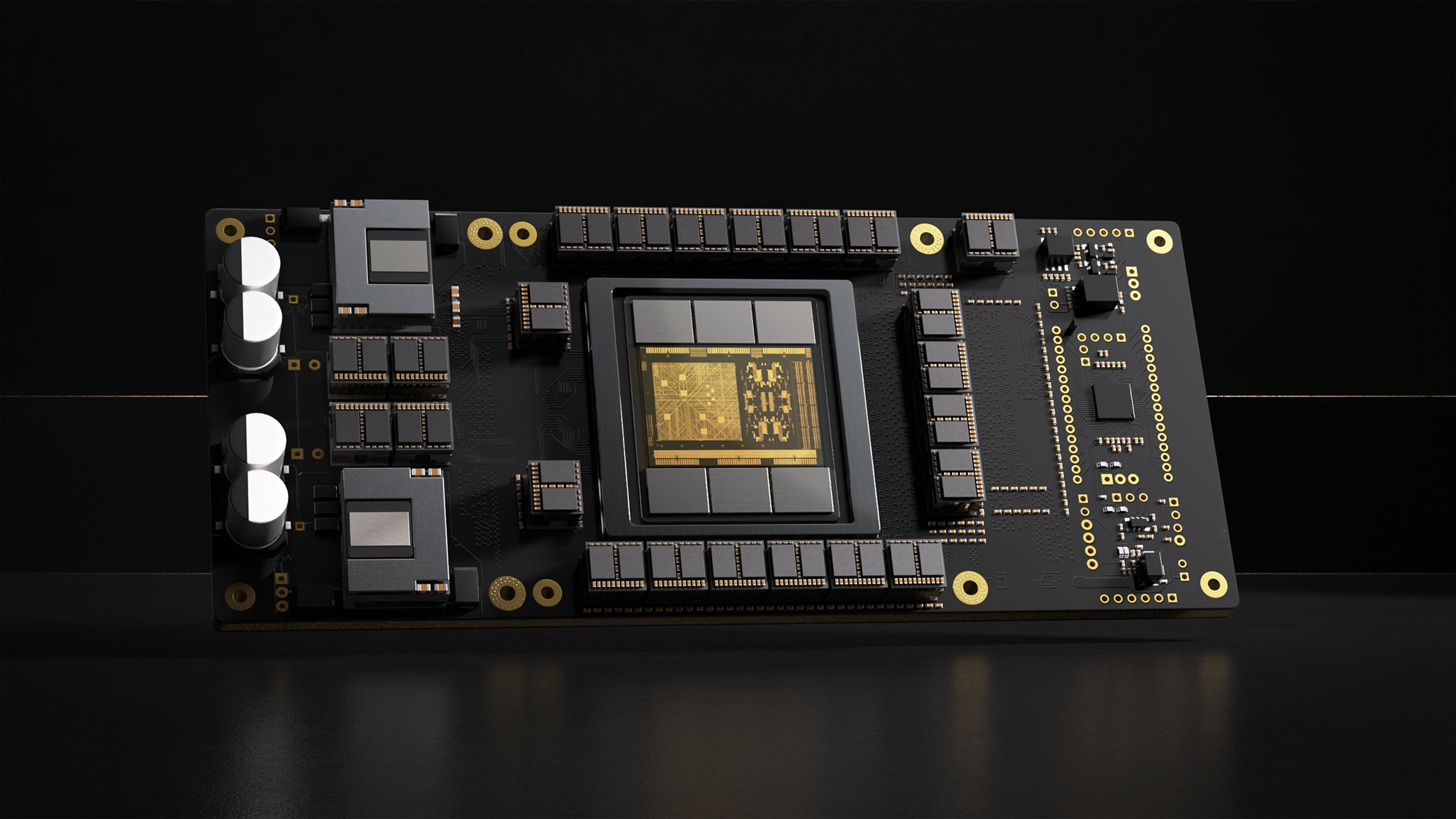The 98% of Our DNA Formerly Thought of as “Junk” Is Alive

This Big Idea was suggested by Big Think Delphi Fellow Carl Zimmer.
What’s the Big Idea?
The 98% of the human genome that was once considered to be useless “junk” actually plays a vital role in making us unique.
Why Is It Groundbreaking?
DNA works by transcribing its genetic code of A’s, C’,s G’s, and T’s into proteins, which in turn participate in virtually every cell process from metabolism to reproduction. But only 2% of the 3 billion base pairs in the human genome actually code for proteins; the rest, formerly known as junk DNA, were thought to be useless. But as it turns out, five hundred stretches of this dark DNA are exactly the same in humans as they are in mice, which means that they have remained unchanged for hundreds of millions of years. Scientists hypothesize that if evolution has chosen to leave these segments alone, they must be doing something vastly important, and recent studies have confirmed their role in regulating and activating genes.
Why Should You Care?
Though non-coding DNA is far from fully understood, it has the potential to transform our understanding of cellular life. Clarifying its role in gene regulation and activation will likely have huge impacts on medicine. For example, many diseases like autism, schizophrenia, and epilepsy cannot be fully explained by our genes, but their cures may lie in this non-coding DNA. This also has important implications for genetic engineering and bioengineering.
Learn More:





